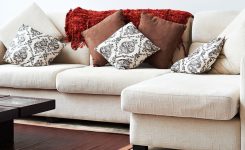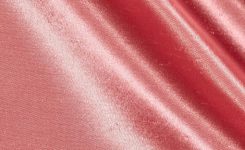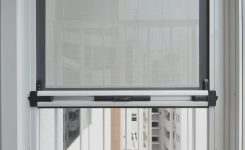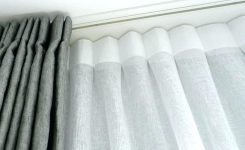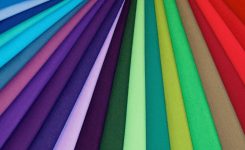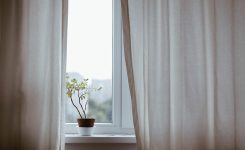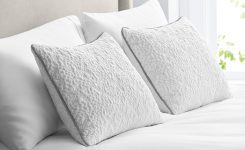BLOG, Wallpapers
Wallpapers
Wallpaper is no longer just made out of paper. Today’s wallpapers can be found made of materials such as vinyl, cotton, linen, foil, silk, dried flowers and grass, cork and much more. The majority of wallpapers are either hand printed or machine printed. And most of them have fire retardant backings.
Hand-printed wallpapers are exceptionally unique and beautiful, but we all know that beauty has an expensive price tag. A roll of hand-printed wallpaper costs much more than a Machine-printed wallpaper which is much more economically. Machine-printed wallpapers are printed using either rotogravure printing or surface printing. Rotogravure printing is the method used to print magazines and newspapers. It focuses on color and tone details. Surface printing lacks the precise detailing of rotogravure printing; although it has a home-made look comparable to hand printed wallpaper.
Wall borders are simply long, narrow strips of wallpaper used to edge a wall, ceiling, doorway or window. Wall borders, like wallpaper, are not just made out of paper. Borders can be found made from vinyl, fabrics such as cotton or linen, foil, silk, dried flowers and grass, painted stencils and much more. Many homeowners create boarder effects in children’s rooms and bathrooms using latex paint and cut out stencil patterns of Disney characters or marine life. Wall borders are often placed along walls to lengthen or tighten a room. For example, a border placed a few inches below the ceiling’s and wall will shorten a room; while a border placed on the ceiling will raise the ceiling. Wall borders are also commonly placed mid-point along walls to divide the walls. And narrow borders are effective for outlining windows and doors.
Fabric wall coverings are a great way to add dramatic texture to your walls. Many homeowners choose fabric as an alternative to stucco to cover walls with cracks, nicks or imperfections, or to further sound-proof a room. Padded fabric applied to walls can be effective soundproofing. Foam or plywood makes ideal wall padding. The foam or plywood can then be covered with your desired patterned fabric. For a truly unique wall covering, pleated fabrics can add depth and life to flat, boring walls. When covering walls with fabric make sure to pre-measure your fabrics leaving extra length to cover the wall from floor to ceiling and pleat the fabric. Fabric can be stapled to the wall in horizontal or vertical pre-cut panels. The fabric panels should be overlapped on the edges in order to hide the corners and staples. Cotton, silk, linen, plaid and velvet fabrics are popular fabric wall coverings.
Any type of wall covering used to advertise a commercial product can be referred to as a commercial wall covering. They come in various forms including wall paper, paintings, murals, borders, drapery, shades, tapestries, etc. Commercial wall coverings often come in textures such as vinyl, textile, fabric and tiles. Commercial wall coverings are diverse and versatile decorating products and can be used on just about any type of flat surface. When you are installing commercial wall coverings, make sure you don’t use excessive moisture as this could lead to mold and mildew. Commercial wall coverings also come in various colors, designs and styles. The price will vary depending on the material used.

